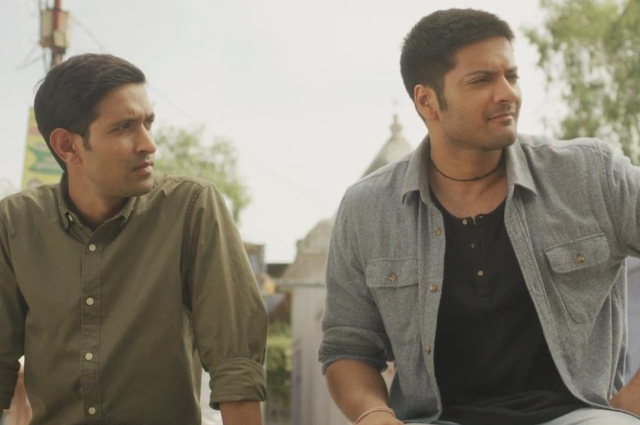Indian society, in general, has long been a conservative, traditional one. Our morals, values, and ethics have always believed in the upliftment and preservation of our rich, historic culture. Be it our art, architecture, books, or scriptures- all of them have always aimed at maintaining the dignity of our history and nation- first and foremost. And Cinema is no different when it comes to the expression and representation of our deep-rooted, ancient values.
But there’s a side of Indian cinema which is considered by many to be morally grey. The constant tussle between artistic freedom and societal sensitivity. Traditionally, the Central Board of Film Certification (CBFC) has monitored all the films shown in the theatres, demanding alterations in the form of cuts or even bans on the content they believed would be inappropriate and unsuitable for the masses.
But ever since the Coronavirus spread globally, back in 2020, the world of cinema witnessed the rise of a new era- Over The Top (OTT) platforms, which allowed much more flexibility and freedom with the usage of language and visuals. A new dimension of entertainment was unlocked for the masses, something which they weren’t accustomed to, earlier.
Although that might have initially been the case, in recent times, there have been developments and modifications which indicate there might be a tightening in the set of regulations that govern the type of content that would be presented for the public, via these OTT platforms.
Traditional Film Censorship in the Theatres
The Central Board of Film Certification (CBFC) has primarily been responsible for certifying various films for public presentation, for decades now. All the films go through rigorous scrutiny before they are declared fit for public consumption.
The CBFC categorises films into different classes, such as 'U' (unrestricted), 'U/A' (unrestricted with parental or guardian guidance), 'A' (adults only), and 'S' (specialized audience).
All this classification assists the board with deciding which film falls under what category, and whether or not it would be appropriate for kids and adolescent audiences.
The stringent review process allows the Board to suggest cuts or even refuse certification if it finds any content, dialogue, or scene obnoxious or offensive.
The Rise of OTT Platforms
With the arrival of OTT platforms like Netflix, Amazon Prime Video, and Disney+ Hotstar, Voot, Sony LIV etc, the Indian entertainment industry has undergone a revolution.
With much lesser involvement and influence of the CBFC over the content presented for the public in OTT platforms, they suddenly had the freedom and autonomy to present things their way, in the manner producers liked, and share all their unique perspectives, without fearing any grave consequences.
Like all things in this world, the advent of OTT platforms brought its own set of pros and cons. While the reduction in involvement of the CBFC and other governing bodies may have allowed numerous OTT platforms to express their thoughts and share their views in ways that traditional cinema never could, it certainly had flaws that began getting exposed soon enough.
It was often seen that on several occasions, these OTT platforms made certain programs and web series available for the masses that didn’t quite align with the Indian cultural values.
There was vulgarity and obscenity, and even blasphemy, that were simply inappropriate for the vast majority of conservative Indian audiences.
Quite often, numerous OTT shows and movies like ‘Tandav’, ‘A Suitable Boy’, ‘Patal Lok’, and many others have faced public backlash for hurting the sentiments of people from a particular religion or community.
All this led to the implementation of the Information Technology (Intermediary Guidelines and Digital Media Ethics Code) Rules, 2021 (IT Rules, 2021). These rules primarily altered and modified the scene of OTT content in India. They also introduced a three-tier classification for OTT platforms (U, U/A 7+, U/A 13+, U/A 16+, and A), quite similar to the theatrical classification.
Latest developments in the OTT world
Following the tensions between India and Pakistan, the Indian government ordered all the OTT platforms to immediately terminate the airing of all the content of Pakistani origin- whether it be movies, serials, TV shows, songs, etc. This step was taken to ensure national security at times when political tensions between both the nations are escalating at a rapid pace.

